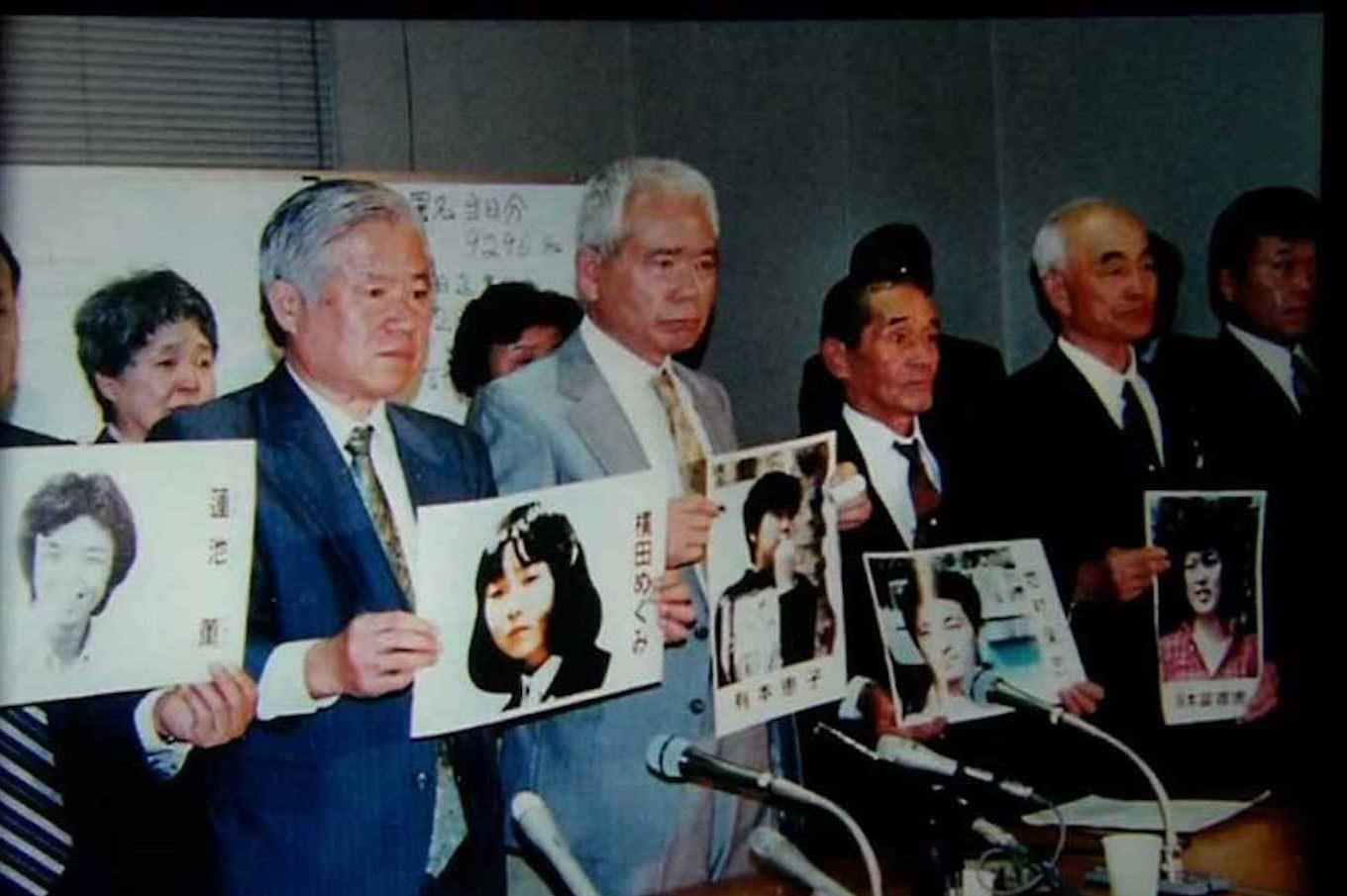(MENAFN- Asia Times) In 2002, Japanese prime Minister Junichiro Koizumi and North Korean leader Kim Jong Il signed a document that was to be called the Pyongyang Declaration.
It promised that the 30 million long-suffering people of North Korea would be lifted from poverty and oppression. The 170 million Japanese and South Koreans were to be freed from the threat of nuclear annihilation.
But those pledges were not carried out. Why? Why was the chance to end decades of hostility in northeast Asia – the chance to call a halt to North Korea's nuclear war preparations – thrown away so casually?.
Now, finally, we get part of the story from a book whose Japanese title translates to Japan-North Korea Top Secret Negotiations.
It's written by journalist Tsuyoshi Masuda of the national broadcaster NHK – who, throughout most of this drama, was bankisha to Hitoshi Tanaka, head of Japan's foreign ministry's Asia and Oceanic Bureau. A bankisha, under Japan's system of kisha kurabu or journalist clubs controlling major information sources, is a reporter assigned virtually full-time to cover a particular source.

Hitoshi Tanaka. Photo: Wikimedia Commons
The story we get from Masuda begins in October 2001 when diplomat Tanaka approaches Prime Minister Koizumi for permission to open negotiations with North Korea over the nuclear issue and the issue of North Korean abductions of Japanese citizens. Koizumi agrees and insists on absolute secrecy.
For almost a year Tanaka makes regular, secret weekend visits mainly to Dalian in China to negotiate with a younger, military-medalled man who calls himself Kim Chyoru of North Korea's then-top organization, the National Defense Committee. (North Korean defectors have variously suggested other members of North Korea's military establishment were involved, including one, Ryu Gyon, killed in 2011 in punishment for the failure of the abduction talks with Japan.)
North Korea reluctantly admits to holding abductees, but only five of them. The others whom Japan names have all died, Pyongyang claims – or were never abducted.
The result of these secret talks: Koizumi signs the Pyongyang Declaration in October 2002 during a one-day visit to Pyongyang. It promises normalization of relations with North Korea plus substantial economic aid, in exchange for the return of five abductees and an apology.
But included in the Japanese delegation is one Shinzo Abe, then deputy cabinet secretary. Behind him are powerful abductee rescue organizations formed earlier by Japan's right wing.
He and they begin to insist that North Korea is hiding many more abductees, perhaps as many as 800 (one of those named is found dead under a boat near my house on the Pacific side of Japan). Eventually, the official figure for missing abductees is reduced to 17 of which Pyongyang insists four are unknown, eight are dead and five are ready to be returned.

Families show pictures of those they say were abducted. Megumi's photo is second from left. Photo: NHK
Japan is shocked by the deaths. As proof that one of the most grieved abductees is dead – a girl named Megumi Yokota, abducted almost certainly by mistake at age 13 – Pyongyang provides samples of her cremation bones.
Abe then provides an amateur DNA tester who – despite criticism that cremation-tainted bones cannot be tested for DNA – maintains that the bones are those of someone else, .
Then under more pressure from Shinzo Abe, Tokyo decides to break promises that the returned abductees may go back to North Korea temporarily in order to persuade the foreign spouse of one and the four children of the others, born and being educated in North Korea, to go to Japan.
North Korea reluctantly bows to the pressure and agrees that all five should go to Japan regardless.
Even so, resentments in Japan over the haggling suggest North Korea's hungry, self-generated hopes of gaining $100 million in economic aid have begun to be dashed. Tokyo finds it convenient to let those hopes slip away farther, claiming that some of the allegedly missing abductees are known to be alive but still have not been returned – Megumi in particular.
Many Japanese are legitimately shocked to have discovered that more than half the known abductees have been allowed to die in obscure circumstances in North Korea. They see Pyongyang as using the surviving five to bargain for favors.
Masuda's story continues: Megumi's grieving parents, together with shrines to Megumi, are taken around the world and presented to world leaders as further proof of Pyongyang's duplicity in refusing to return her – although it has long since been reported that she married a South Korean abductee and died in 1994 after giving birth to a daughter.
It is 2014 before the parents are allowed by Tokyo to meet their granddaughter, and only in a third country, Mongolia. Their report of the meeting makes no mention of Megumi.

Sakie Yoshida meets Megumi's daughter and granddaughter in Mongolia. Photo: Handout
That is Masuda's story.
I played a cameo role here, thanks to having a chance shortly after the Mongolia visit to ask the mother, Sakie, why. Her cryptic reply: Her role is to support other abductee parents.)
Meanwhile, all critics of Tokyo's abductee policies have been firmly criticized or '”canceled” (including a close colleague of mine, sacked as an outside director of the Mitsui and Co board for suggesting on a US site that the abductee issue had been concocted.
Even those relying on Foreign Ministry leaks confirming Pyongyang's version of events are forced into making retractions.
The concocted abductee issue now seems destined to continue forever, even though most of the allegedly living but unreturned abductees would now be over 70 years old and of no possible use to North Korea.
Japan has lost all interest in the once proudly named Pyongyang Declaration, and in any attempt to establish relations with North Korea.
Gregory Clark is a former Australian diplomat and a longtime Japan resident. The book reviewed is Kyokuhi Kosho Ni-cho (Japan-North Korea Top Secret Negotiations), by Tsuyoshi Masuda. Tokyo: Ronso-sha, 2,000 yen.